Buying a camera
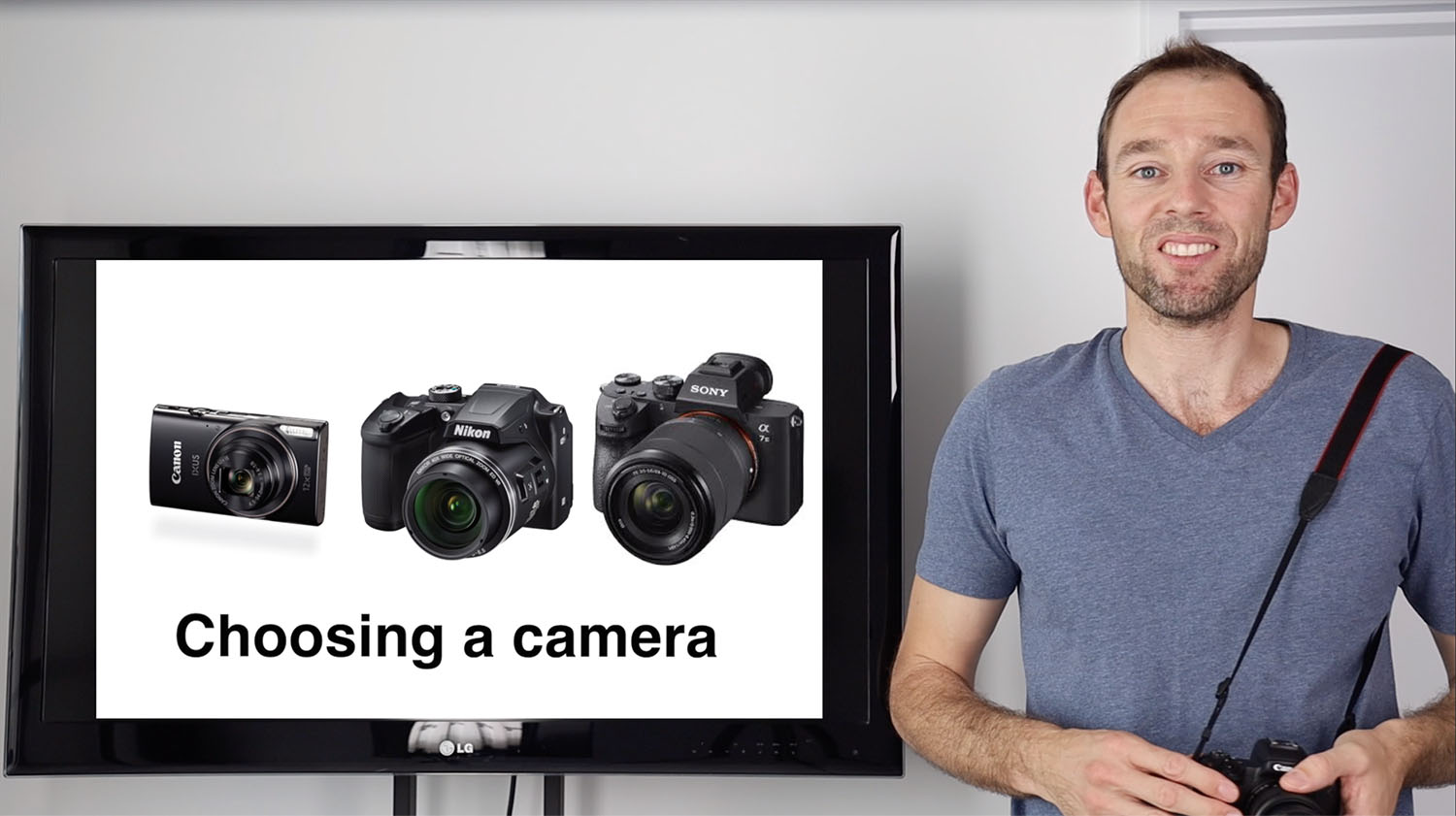
Which type of camera is best for you – smartphones, compacts, bridge cameras, DSLR’s and mirrorless. This video explains the advantages and disadvantages of each type. I’ve also listed some of the best value cameras below.
Best budget cameras
- Canon EOS R50
- Nikon Z50
Best value cameras with full frame sensors
(Full frame cameras are best for professional photography).
Budget
- Canon EOS R8
High end
- Sony a7 IV
- Canon EOS R6
Bridge/ Super Zoom cameras
- Nikon Coolpix P950
Compact cameras
- Sony RX100 VII
Choosing a Camera Transcript
Hi I’m Garry Wilcox from One Sky Photography Courses. Today we’re taking about choosing a camera. A lot of people ask me what’s the best camera and that’s a hard question to answer. There’s so many cameras available and there are pros and cons of each. Some are small and super portable but often they are fidgety and hard to access buttons. Others have heaps of features but sometimes this can over complicate things.
So, choosing a camera is a very personal choice. A good starting point is to know what type of camera would suit your needs. Then you can start narrowing down your choices. There are 5 main types of popular every day cameras – smart phones, compacts, bridge cameras, DSLR’s and mirrorless. Let’s take a quick look at the advantages and disadvantages of each
If the best camera is the one that’s with you then Smart phones take first place. If you just want to capture every day moments and mainly use your images for social media they are an excellent choice.
Obviously, they are super portable and they can take a pretty good photo however they have their limitations.
Firstly, the sensors that record the image are very small which means the quality of the image won’t be as good as on a camera with a larger sensor. This is particularly apparent in low light but the phone brands are continuing to improve their low light performance.
The small sensor also means a much smaller dynamic range of tones from the highlights to the shadows. In other words, you don’t get as much detail in brightest and darkest parts of your image. If you are photographing water the white wash can just be pure white without the detail of the water drops.
Smart phones also have very limited optical zooms so don’t perform well on subjects that are far away.
Most smartphone cameras come with fixed aperture lenses. The purpose of the aperture is to increase or decrease the amount of light reaching the camera. Plus, it also serves to reduces or increases the area that stays in sharp focus. On most smart phones, you can’t change this but they do have software that can create that blurry background look.
Let’s look at compact cameras. They give you more creative control than a smart phone and a bigger optical zoom range. You also have more control over the aperture.
Compact cameras usually have a slightly bigger sensor than smart phones. This means higher resolution and better low light performance. However, the sensor is still usually smaller than on a DSLR or mirrorless camera.
These cameras are still portable and the lens usually retracts into the body so they take up very little space. The lens however will not have the optical zoom range of the bigger cameras and they have a smaller aperture range.
Bridge cameras bridge the gap between a convenient compact and the bigger DSLR style cameras. With their large handgrips and electronic viewfinders, they offer a handling experience that’s similar to DSLRs,
They usually have a bigger optical zoom range than a compact. This means you can capture subjects that are further away. So, they are sometimes referred to as superzoom cameras.
The biggest drawback of these cameras is that unlike DSLRs and mirrorless these lenses are fixed to the body so cannot be changed.
Mirrorless and DSLR are the cameras most professionals use as they provide the best image quality. These cameras allow you to change the lens. If I’m photographing things that are far away I can use a telephoto lens or if I want to capture expansive landscapes I can put on a wide-angle lens. I can also get lenses with a great range of apertures so I can let more or less light into the camera. This is important when you want to freeze or blur movement.
Mirrorless and DSLR cameras have a large sensor meaning they perform much better in low light. They have a greater dynamic range which means you get more detail in the darkest and brightest areas of your photo.
These cameras also have faster auto focus so you can consistently get sharp images.
DSLR’s are the tradional style usually slightly bigger cameras with a mirror inside them.
Mirrorless cameras are the newer technology. They have the advantage of usually being lighter and more compact. You can also see an electronic preview of your image to help work out your exposure and camera settings. This is especially useful for night photography.
Mirrorless cameras are definitely the future however dslrs are very reliable work horses that have been tried and tested for decades. They are often great value for money. They offer longer battery life because they have the ability to shoot without using the LCD screen or electronic viewfinder which uses a lot of power.
Whichever mirrorless or DSLR camera you buy just remember you are buying into a system in which you are likely to add accessories to over the years. Perhaps you’ll buy another lens or maybe a flash. Once you have accumulated other lenses and a flash it becomes too expensive to change brands. So don’t just look at which camera is best consider which system is best.
You should also consider spending more money on lenses rather than on cameras. People often don’t realise how important the lens is for getting sharp beautiful images. Cameras are like computers and most of us will upgrade them every few years while good lenses can potentially last a lifetime.
If you have any questions or suggestions please leave a comment below. Please like and subscribe to see more videos. You can also download free cheat sheets from my website: onesky photography.com.au I run a range of photography courses in Perth Western Australia.




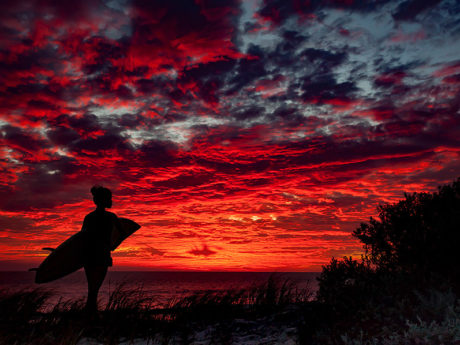
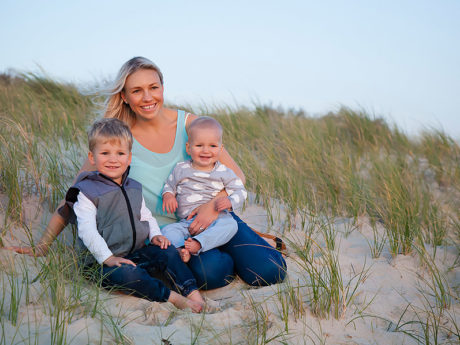
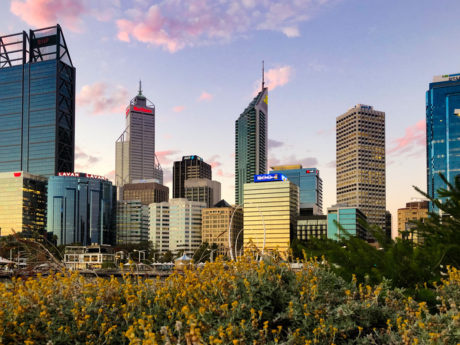
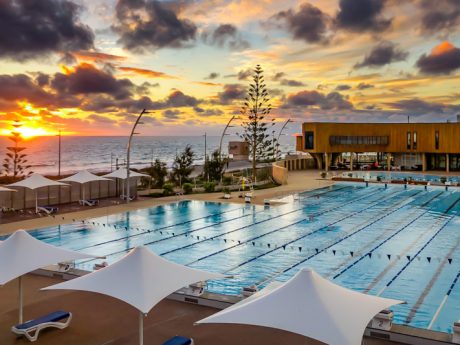
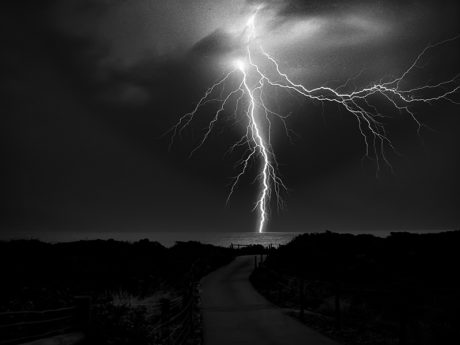
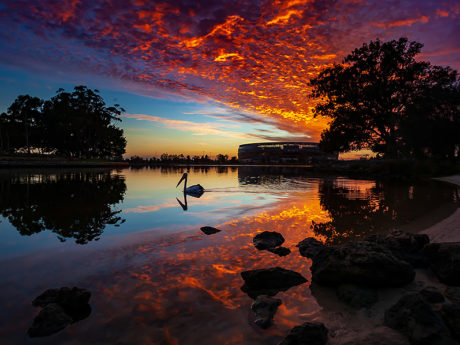

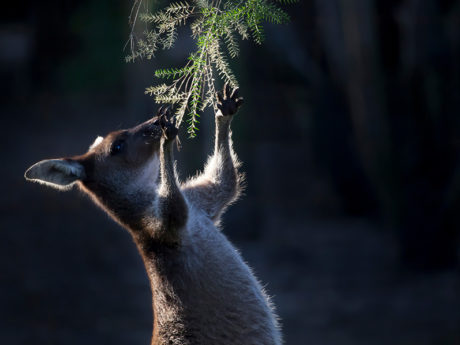
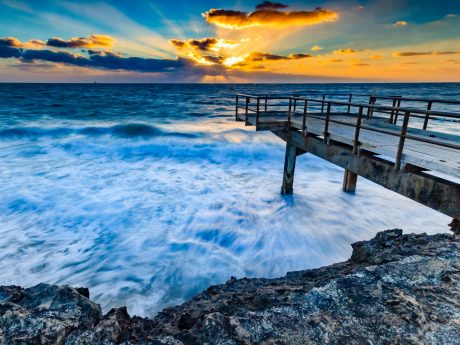
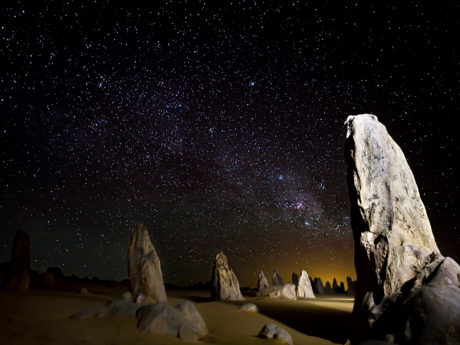

Comments